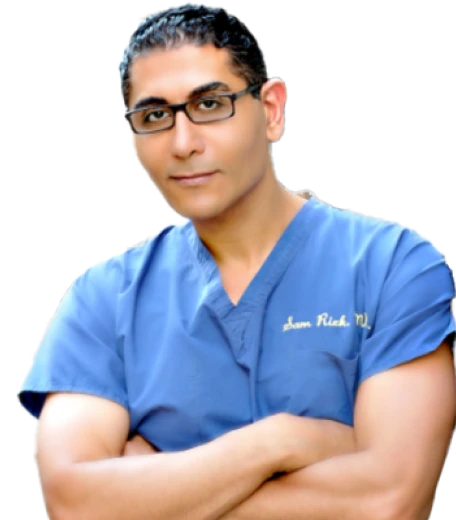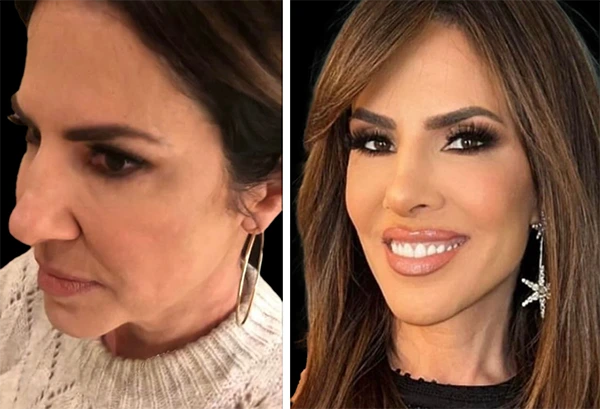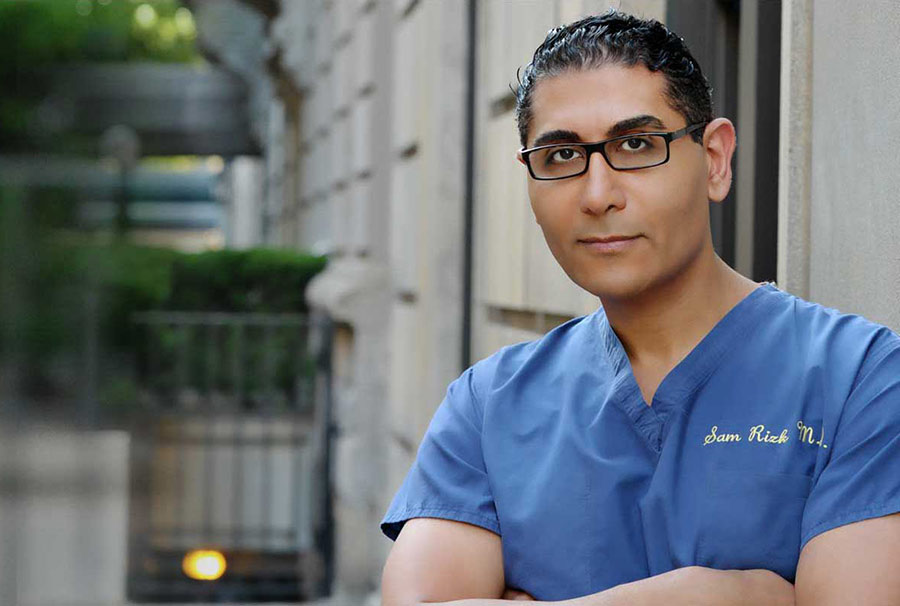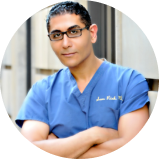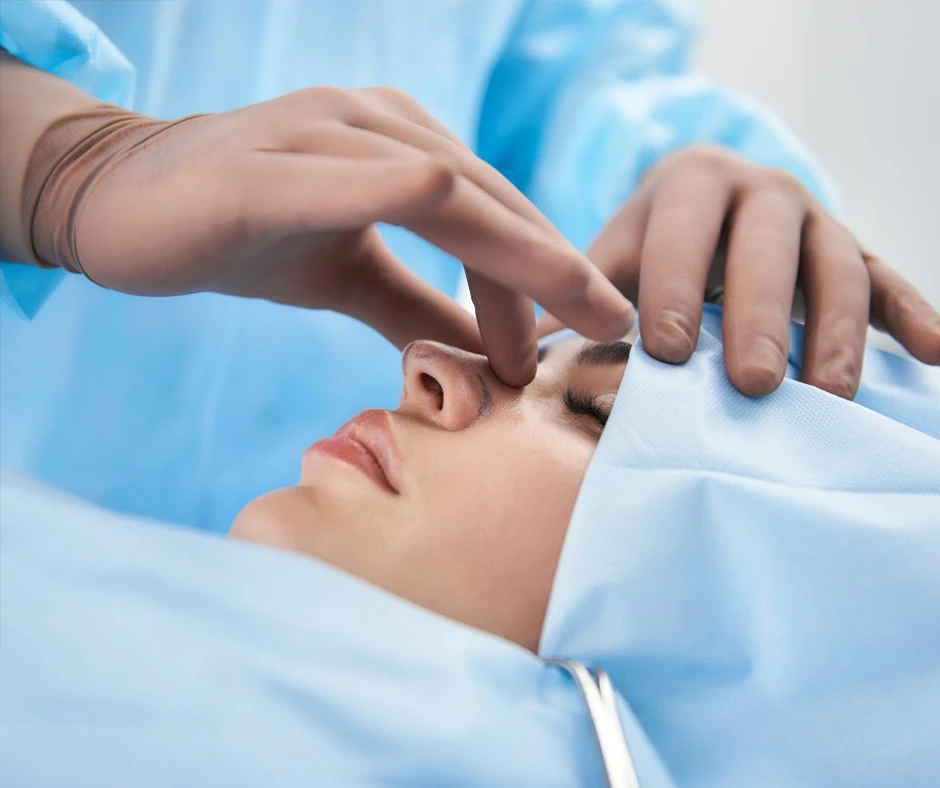Celebrities can make many facets of life seem effortless, from health and beauty in general to recovery from a nose job. After all, their career depends in large part on their looks and on seeming different than the average person. But make no mistake: while celebrities move mountains make their beauty seem easy, in reality they are just like the rest of use in most respects.
What do celebrities do to make recovering from a nose job seem so easy? Read on to find out why they seem to recover faster.
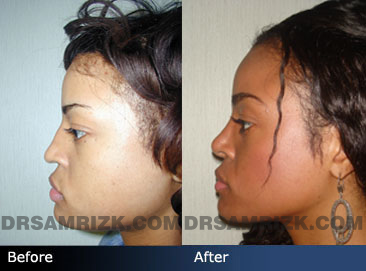
The Basics
When considering a nose job, celebrities try to find the most experienced, qualified facial plastic surgeon they can. They also hire top-notch nurses to assist them during recovery; this is an important factor because much of the recovery process involves taking proper care of the skin, especially in the first few days and weeks. And let’s not forget that celebrities typically have the luxury of taking the appropriate amount of time off from work.
The good news is that you too can recover like a celebrity. All you need to do is educate yourself of proper recuperation. I provide my rhinoplasty patients with all of the information they need to recuperate like a celebrity.
What do celebrities do to be able to return to their daily activities faster?
Celebrities face the same postoperative recovery as everyone else. Generally speaking, all nose surgery patients need to take the same precautions and not rush back to daily activities. However, those who hire top nose surgeons, including celebrities, have a higher likelihood of recovering fast as compared to patients who choose surgeons with less experience and expertise.
Do celebrities take certain medications before and after nose surgery?
Celebrities may be able to afford the best postoperative recovery aids, including medications. However, this is true of anyone who chooses a top-notch rhinoplasty specialist to perform their procedure, as most medications will be included in the postoperative recovery kit. I provide my patients with a kit containing a Medrol dose pack, herbal supplements, vitamin K and several medicines to speed up the recovery process.
How can I recover faster too?
There are several things you can do to increase your chances of a quick recovery. The most important is to follow your surgeon’s postoperative instructions.
You will likely experience some stuffiness following your nose surgery, but I advise my patients to avoid blowing their nose because it can disturb the internal sutures and cause excessive bleeding.
All patients experience some swelling after nose surgery. I provide my patients with medications, an herbal remedy called arnica montana, and cold compresses to ease this swelling. You should also sleep on your back and keep your head elevated as much as possible, avoid any rigorous activity and avoid wearing glasses for the first couple of weeks. Contact sports should be avoided for up to one year after your surgery. Most swelling subsides within two weeks, and there will be even less swelling after about a month, but it make take up to a year for swelling to fully reduce.
Do everything you can to pamper your skin during the recovery process. For example, it is very important to use mild, soap-free skin cleansers, as well as moisturizers that do not contain fragrance. Also be very diligent about avoiding the sun — especially in the first few days after your surgery, during which time you should not be exposed to any direct sun at all. Sun exposure can damage the healing skin or even contribute to changes in pigmentation. Many doctors recommend using sunscreen with an SPF of 30 or 40. Avoid picking at scabs or peeling skin, because it can lead to scarring and/or infection. Finally, make sure to stay hydrated during the recovery process, as doing so rejuvenates the skin and flushes out toxins. Drink about eight glasses of water per day.
Ask About My Rapid Recovery System
When performing nose surgery I use a number of advanced techniques and technologies to encourage faster healing. These include the use of a 3D scope to view the internal tissues of the nose. To avoid disturbing sensitive blood vessels I use small incisions, dissolvable sutures and special tissue glues. I also leave the incisions partially closed to allow for natural drainage.

